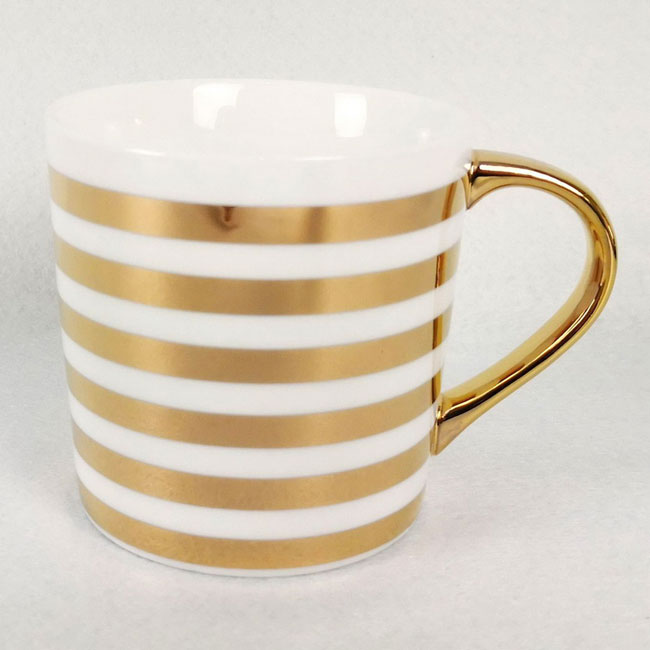Ceramic Mug Group, Ceramics is still plugging away even in quarantine, constantly practicing and perfecting his craft as he produces textural mugs, bowls and stoneware by hand. In an exclusive three-minute-long clip for Youtobe, Ceramic Mug Group hunkered down in his Echo Park studio to demonstrate the process of shaping one of his
signature ceramic mugs.

To begin, Ceramic Mug Group wets the clay and sets it on the wheel, pulling the earthy lump as it spins until it becomes a pointy obelisk, which he then condenses into a dome. With his index finger and thumb,
Ceramic Mug Group creates an indentation that becomes the interior of the mug, gently tugged upwards until slim sides take shape.
Once evened out, the excess clay is removed and the mug is lifted from the wheel. "Remember not to be precious about what you make," Ceramic Mug Group advises.""Cause you can always recycle clay and start over." To emphasize the point,
Ceramic Mug Group squashes the mug, rolling it back to its lumpy origins to start the process anew.
Whether you're a pottery expert or would rather take pottery classes before buying a wheel, take notes as you watch Ceramic Mug Group craft a mug below.
Ceramic Mug Group thinks:
wholesale ceramic mugs, as the name implies, are what most people envision when you say "coffee mug." Traditional, but not boring, these mugs are present in most kitchen cabinets. Often crafted from ceramic with a sturdy rounded handle and available in various sizes, the classic mug can feature different prints, slogans, sayings, or images, or be finished in a simple solid glaze. Classic mugs are usually microwaveable and extremely durable. Ceramic mugs can be heavy and may be prone to staining if light in color. The wall thickness of classic mugs can range from relatively thin, though not as thin as a china teamug, to very thick, such as common restaurant and diner mugs.